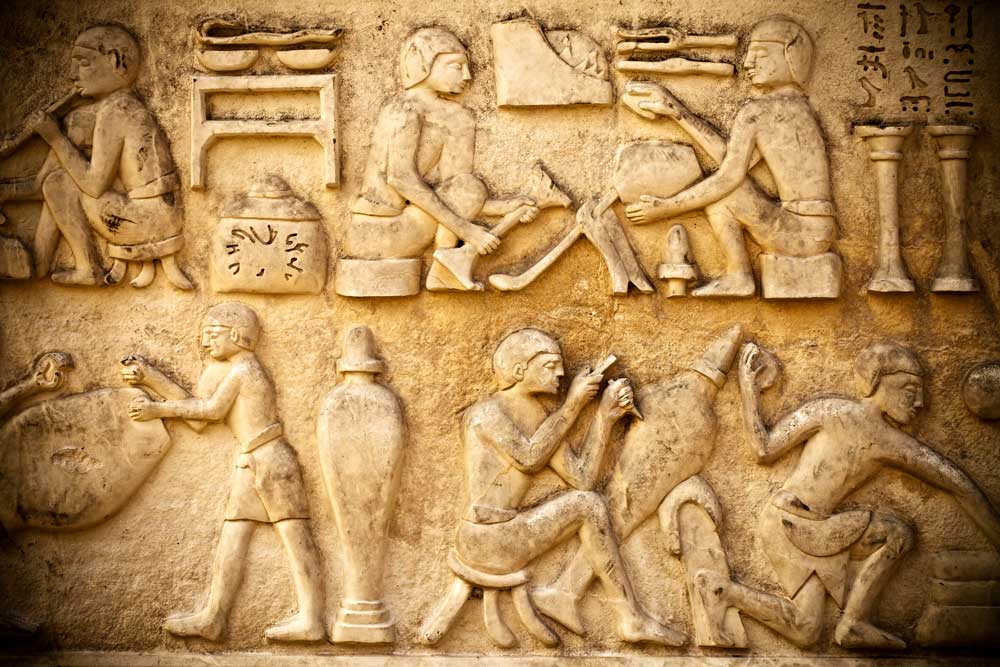Introduction
The concept of Africa as the “Cradle of Humankind” is deeply rooted in both scientific discovery and cultural significance, positioning the continent as the birthplace of human evolution. This essay explores the palaeoanthropological evidence supporting Africa’s role as the origin of Homo sapiens, the historical and cultural implications of this designation, and the limitations of current understanding. By examining key archaeological findings and academic discourse, the essay aims to provide a broad yet critical overview of the topic within the field of African Studies, highlighting why this narrative continues to shape our understanding of human history.
Archaeological Evidence for Human Origins in Africa
Africa’s designation as the “Cradle of Humankind” is primarily supported by an extensive body of fossil evidence indicating the continent as the epicentre of human evolution. The discovery of early hominid fossils, such as Australopithecus afarensis—commonly known as “Lucy”—in Ethiopia’s Hadar region in 1974, provides a critical insight into human ancestry dating back approximately 3.2 million years (Johanson and Edey, 1981). Furthermore, the Olduvai Gorge in Tanzania has yielded remains of Homo habilis, often considered one of the earliest tool-using ancestors, dating to around 2.1 million years ago (Leakey, 1971). These findings collectively suggest that the evolutionary lineage leading to modern humans emerged in Africa, a theory further reinforced by genetic studies showing the greatest mitochondrial DNA diversity among African populations (Cann et al., 1987).
However, while the evidence is compelling, it is not without limitations. The fossil record remains incomplete, with significant geographical and temporal gaps. For instance, the scarcity of fossils from certain periods raises questions about whether Africa was the sole origin or if parallel developments occurred elsewhere—a debate that continues to challenge the “Out of Africa” hypothesis (Stringer and Andrews, 1988). This illustrates the need for a cautious interpretation of existing data, acknowledging that new discoveries could reshape current understanding.
Cultural and Historical Implications
Beyond the scientific realm, the idea of Africa as the “Cradle of Humankind” carries profound cultural and historical weight. It challenges Eurocentric narratives that have historically marginalised Africa’s contributions to global history, repositioning the continent as central to human identity. Sites like the Cradle of Humankind World Heritage Site in South Africa, which encompasses fossil-rich areas such as Sterkfontein, symbolise this legacy and serve as educational and tourism hubs (Thackeray, 2016). Arguably, such recognition fosters a sense of shared heritage, yet it also risks oversimplifying Africa’s diverse histories into a singular evolutionary story.
Indeed, the label can sometimes obscure the continent’s contemporary challenges and cultural richness by focusing predominantly on its ancient past. This tension highlights a critical limitation in how the narrative is applied, often prioritising scientific discourse over lived experiences of African communities today. A balanced perspective, therefore, requires integrating this evolutionary history with an appreciation of Africa’s dynamic present.
Conclusion
In summary, Africa’s designation as the “Cradle of Humankind” is grounded in substantial archaeological and genetic evidence, from the fossil discoveries of Australopithecus to genetic diversity studies. However, the incomplete nature of the fossil record and ongoing debates about human origins underline the need for critical engagement with this concept. Culturally, while the label elevates Africa’s historical significance, it risks reducing the continent to a monolithic past. The implications of this narrative extend beyond academia, prompting broader reflection on how human history is constructed and represented. Future research and discourse must strive to address these gaps, ensuring a nuanced understanding that respects both scientific evidence and Africa’s multifaceted identity.
References
- Cann, R. L., Stoneking, M. and Wilson, A. C. (1987) Mitochondrial DNA and human evolution. Nature, 325(6099), pp. 31-36.
- Johanson, D. C. and Edey, M. A. (1981) Lucy: The Beginnings of Humankind. New York: Simon and Schuster.
- Leakey, L. S. B. (1971) Olduvai Gorge: My Search for Early Man. London: Collins.
- Stringer, C. B. and Andrews, P. (1988) Genetic and fossil evidence for the origin of modern humans. Science, 239(4845), pp. 1263-1268.
- Thackeray, J. F. (2016) Human evolution and the Cradle of Humankind in South Africa. South African Journal of Science, 112(5/6), pp. 1-3.


